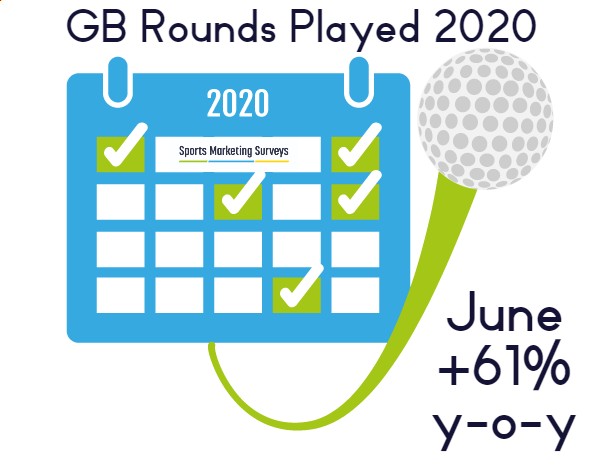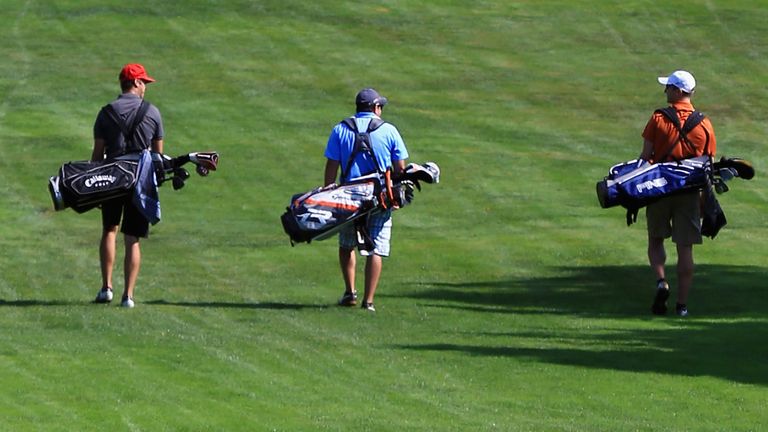The number of rounds of golf played in Great Britain in the second quarter of the year is on course to return to 2020 levels as early as July.
The figures, part of a quarterly data collection by leading research agency Sports Marketing Surveys, show that the drop caused by the closure of golf courses in part of March, throughout April and the first half of May, has nearly been offset by impressive rises in June.
‘Rounds Played’ lurched from a 100% decline in April, to a 27% drop in May and a 61% rise in June. But if the June figures were to be repeated in July, the annual total would be comparable with 2019.
That is why there is huge cause for optimism despite quarterly figures that show a 23% drop on 2019. The 2020 figures include a period in April and the first half of May when no golf was played, as well as weeks during which many golf clubs opened for two-ball golf only. Many courses have since chosen to keep two ball only, at least at certain peak times, because of the positive impact on pace of play. Some resort courses dependent on play-and-stay traffic did not open until July.
There are, of course, regional variations, with Scotland no re-opening its course until May 28, resulting in a quarterly performance down 67% and a half-year down 49%.
As well as encouraging lapsed golfers to take up the game again, the lockdown period has encouraged existing golfers to play more often, whether making up for lost time, taking advantage of the absence of commuting time, being furloughed, or the lack of competing leisure interests, or as one of the safer ways to socialise with friends and family. Highlighting the power of the latter, SMS research suggests that golfers feel exceptionally safe playing the sport, in a way that they do not feel comfortable taking part in other leisure activities.

Richard Payne, Director of SMS commented: “These results represent an extraordinary comeback from the golf industry, one which should make everyone involved immensely proud. To go from no golf to the flurry of rounds in the second half of May, and then the unprecedented rise in June, is a complete turnaround for the fortunes of the industry. It shows that the appetite for golf among existing players is strong.
“With the lockdown hammering home for many people the value of fresh air on mental health, and the government now prioritising physical activity and exercise, we believe that golf is in a strong position to attract new players hoping to reap the many benefits that the sport can offer.”

